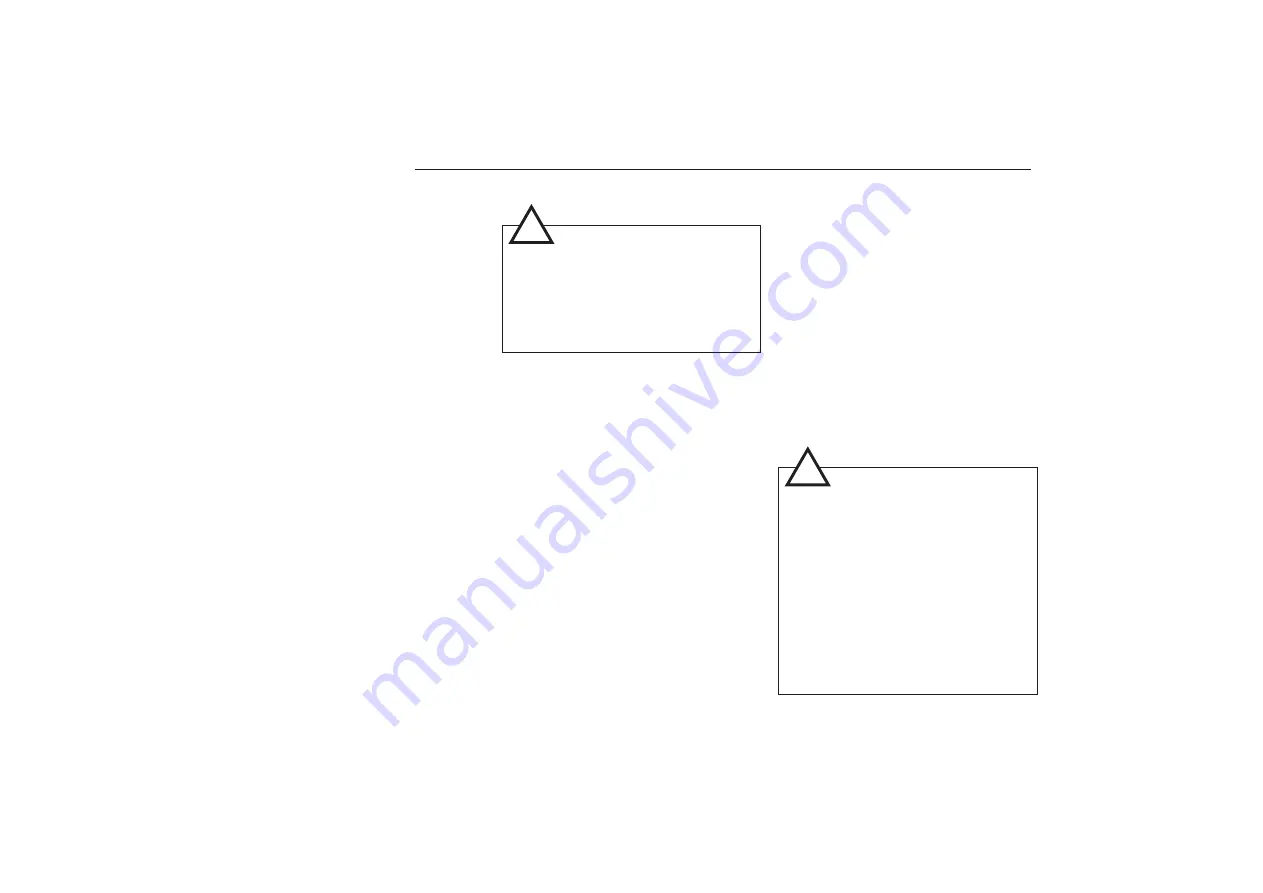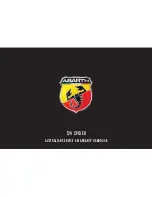
2- 18
DRIVING YOUR HYUNDAI
C190C01Y-GAT
Trailer Brakes
If your trailer is equipped with a braking
system, make sure it conforms to fed-
eral and/or local regulations and that it
is properly installed and operating cor-
rectly.
NOTE:
If you tow a trailer or vehicle, your
car will require more frequent main-
tenance due to the additional load.
See "Maintenance Under Severe
Usage Conditions" on page 5-6.
CAUTION:
o Never connect a trailer brake sys-
tem directly to the vehicle brake
system.
o When towing a trailer on steep
grades (in excess of 12%) pay
close attention to the engine cool-
ant temperature gauge to ensure
the engine does not overheat. If
the needle of the coolant tem-
perature gauge moves across the
dial towards "H" (HOT), pull over
and stop as soon as it is safe to
C190B01S-AAT
Trailer Hitches
Select the proper hitch and ball combi-
nation, making sure that it's location is
compatible with that of the trailer or
vehicle being towed.
Use a quality non-equalizing hitch which
distributes the tongue load uniformly
throughout the chassis.
The hitch should be bolted securely to
the car and installed by a qualified
technician. DO NOT USE A HITCH
DESIGNED FOR TEMPORARY IN-
STALLATION AND NEVER USE ONE
THAT ATTACHES ONLY TO THE
BUMPER.
C180A01A-AAT
USE OF LIGHTS
Check your lights regularly for correct
operation and always keep them clean.
When driving during the day in condi-
tions of poor visibility, it is helpful to
drive with headlights on low beam.
This enables you to be seen as well as
to see.
C190A01A-GAT
TRAILER OR VEHICLE TOWING
If you are considering towing with your
car, you should first check with your
Province Department of Motor Vehicles
to determine their legal requirements.
Since laws vary from province to prov-
ince the requirements for towing trail-
ers, cars, or other types of vehicles or
apparatus may differ. Ask your Hyundai
dealer for further details before towing.
CAUTION:
Do not do any towing with your car
during its first 2,000 km (1,200 miles)
in order to allow the engine to prop-
erly break in. Failure to heed this
caution may result in serious en-
gine or transaxle damage.
!
!
















































